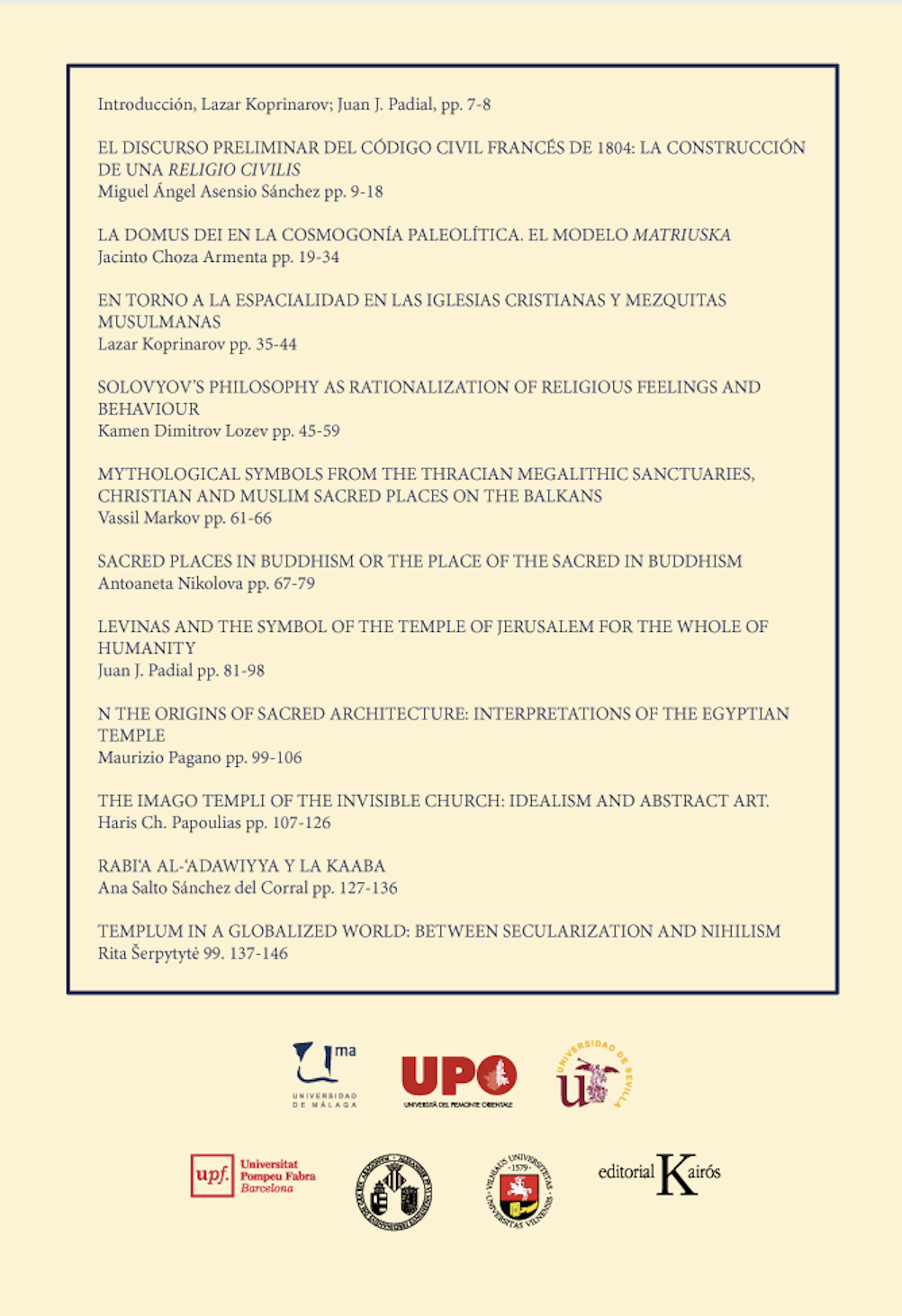MYTHOLOGICAL SYMBOLS FROM THE THRACIAN MEGALITHIC SANCTUARIES, CHRISTIAN AND MUSLIM SACRED PLACES ON THE BALKANS
DOI:
https://doi.org/10.24310/Raphisa.2017.v1i2.4334Keywords:
anthropology, history of culture, religion, mythology, archaeology,Abstract
The ancient Thracian megalithic and stone-hewn sacred places are full of symbols closely connected with the Thracian mythology and ancient cult practices which were typical for this area. Among them the most numerous are the huge stone-hewn human footprints, which in Bulgarian folklore were regarded as the footprints of the hero Krali Marko, who was thought of as the guardian of the people in Bulgaria. In the contemporary science studying Thrace he is believed to have been the folklore successor of the Thracian Dionysus.
Marking the sacred place with a stone-hewn footstep altar of the hero was authentic evidence for the believers in ancient times that the god had been there in primordial mythological times. In this way, through the contact with the divine, the monumental rock turns into sacred and the place turns into a sanctuary. The raw becomes boiled, Nature becomes culture.
With the establishment of Christianity as the sole religion in the Roman Empire since the 4th century, some of the Thracian megalithic sanctuaries have been abandoned. Others have been Christianized. Later, others in the Middle Ages were converted into Islamic sacred places. In this way they became permanently sacred places on the Balkans. Part of the signs-symbols in them have a new meaning in the spirit of the new religions.
Downloads
Metrics
Downloads
Published
How to Cite
Issue
Section
License
License permitted by the journal: Public Domain. Authors retain the copyright and full publishing rights without restrictions.






